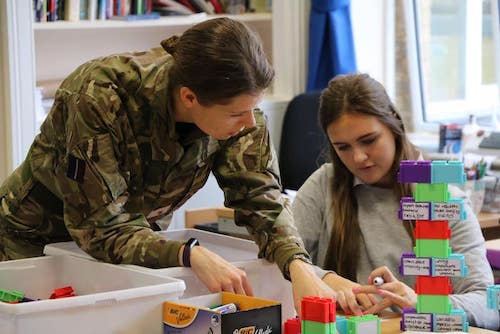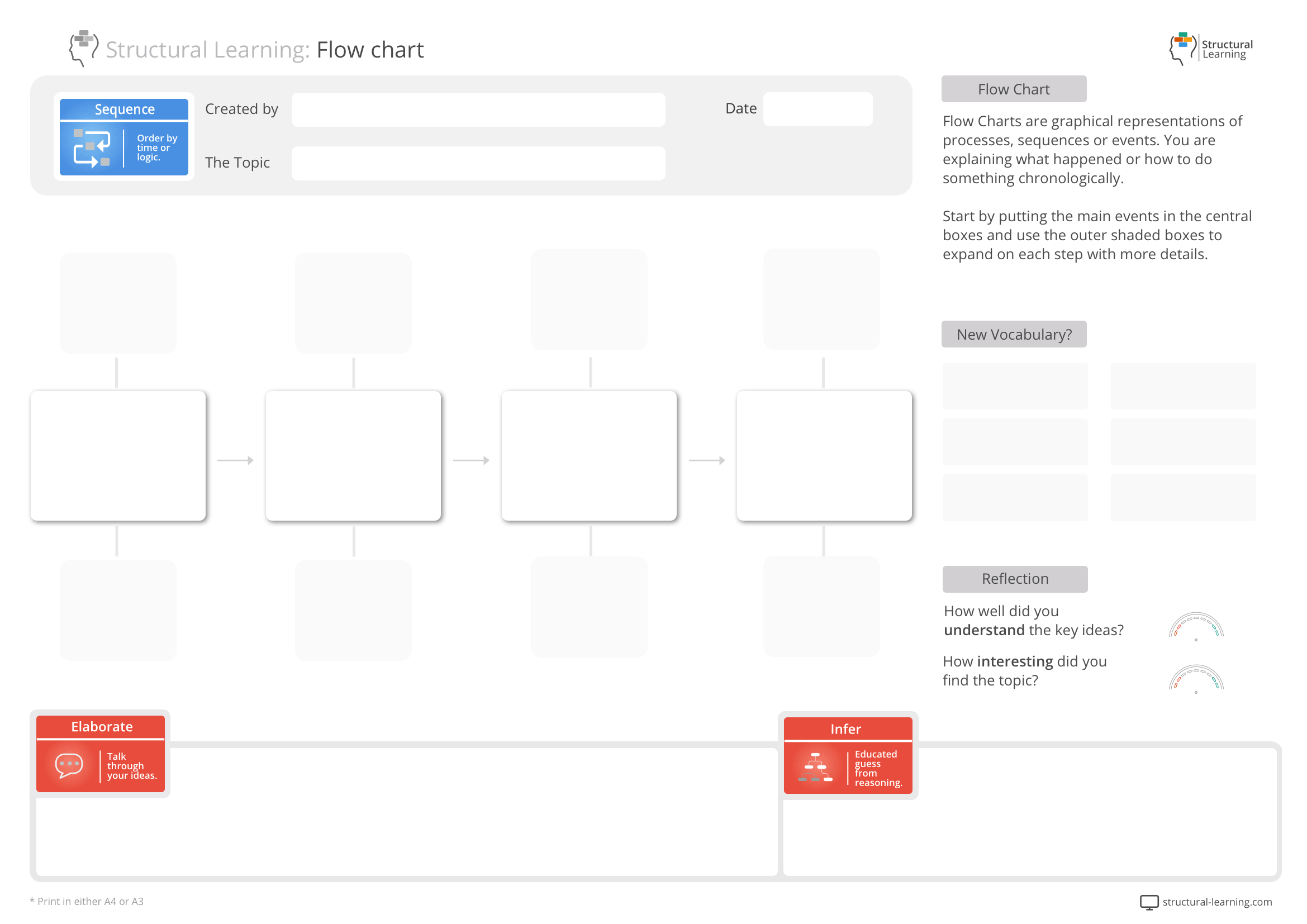Selective Mute: A teacher's guide
How can teachers provide better learning experiences for children who are selective mute?


How can teachers provide better learning experiences for children who are selective mute?
When a child acts in a certain way, there is usually an underlying reason corresponding to the acting behaviour. Selective mutism can be spotted by noting the child's behaviour during social settings. In this article we will be discovering more about selective mutism and how can we help the child.
Selective mutism is a childhood anxiety disorder that affects the child's skills in speaking and communicating in social situations. Within a school setting, they may have complications in interacting with their peers or explaining a new idea. Children with selective mutism are capable of speaking and communicating normally except maybe if they are in an unfamiliar situation or with unfamiliar people.
It usually starts in the childhood stage and if left untreated, it may be carried on until adulthood.
Studies have shown that about 90% of children with selective mutism have a social phobia or social anxiety. Children with selective mutism do not refuse to speak but they unexpectedly freeze responses when they face unfamiliar social situations, but if there are familiar people surrounding them, they are able to speak spontaneously without any feeling of panic.
Each child experiences social anxiety in distinctive ways. Some pupils might be completely silent when they're out among people; some might say fewer than ten words at any one time; and others might not even talk at all. Bilingual children with selective mutism may have a silent period when they are required to speak or practice a new language.
Selective mutism is associated with language-related disorders such as language delays, autism and communication difficulties. Children with limited verbal abilities may have difficulty expressing themselves in any language, making conversations or initiating conversations with other people even more difficult. Other children may be able to express their needs but lack the confidence to use their language skills in public settings where they feel vulnerable or judged.
School staff play a critical role in supporting children with selective mutism. An awareness of the condition is essential for staff to identify and understand any child who may be living with it. Once identified, there are strategies that can be employed by school staff to help promote conversation and communication. Such strategies can include using visual aids and , as well as ensuring the child is given adequate time to process questions and formulate responses.
Selective mutism usually appears in early childhood between ages 2 and 4. The red light appears in the child's ability during interacting with unfamiliar people.
Some common symptoms are:
In addition to these primary symptoms, here are other characteristics of children with selective mutism:

Selective mutism is a feeling of fear and embarrassment in social settings that is uncomfortable for the child. Previous studies have also linked causes such as child abuse, trauma, or upheaval. The current thinking about the onset of symptoms is moving toward the idea that selective mutism is mainly a social anxiety disorder. Some of the childhood conditions might include:
Finally, Selective mutism is a condition like hundreds of mental disorders, and there are no clear reasons for mutism.

There is a misconception between those children in school who are misbehaving and children who are struggling because of their ability. Children with selective mutism may be facing obstacles in their learning environment.
Children who suffer from Selective Mutism may not be able to thrive in the current classroom environment; they might struggle to ask for help or participate in class activities and playtime. The child might even be too stressed to ask for clarification if they do not comprehend the task.
They may have accidents in school because they are not able to ask for help, for example, some children may be avoiding eating and drinking in school, so they will not ask to go to the toilet. Also, they may feel unwell but are too timid to ask to go to the doctor. Also, it can affect their ability to make friends as they feel anxious to communicate with people and try to avoid eye contact.
They can also struggle to laugh and smile which gives an impression that they are not friendly. Although they are willing to have friends, they might be struggling with social interactions.


It is vital that teachers, parents, family, and other participants are informed of the child's situation, as it is crucial that all of the participants are working on the same track.
Additionally, avoid pressuring the child, it is important to accept the child and provide the child with suitable support and provide treatment if needed. Selective mutism is a feeling of fear and anxiety, putting pressure on the child to speak and interact in social settings will lead to increased negative feelings. The child needs to feel relaxed and calm to be able to show progress.
Concluding, be encouraging and enthusiastic with the child. Selective mutism is not a defiant or oppositional behaviour even though the child may be refusing to answer questions. They might be sensitive and feel anxious in social situations. If the child does not show progress, parents and teachers might need to utilise the professional services of an educational psychologist.
References:
https://www.asha.org/public/speech/disorders/selective-mutism/
https://selectivemutismcenter.org/whatisselectivemutism/
https://www.verywellmind.com/what-is-selective-mutism-3024702
https://childmind.org/guide/teachers-guide-to-selective-mutism/
https://www.nhs.uk/mental-health/conditions/selective-mutism/
https://www.weareteachers.com/selective-mutism/
https://www.theschoolrun.com/what-selective-mutism
https://www.selectivemutism.org/selective-mutism-in-the-classroom/
When a child acts in a certain way, there is usually an underlying reason corresponding to the acting behaviour. Selective mutism can be spotted by noting the child's behaviour during social settings. In this article we will be discovering more about selective mutism and how can we help the child.
Selective mutism is a childhood anxiety disorder that affects the child's skills in speaking and communicating in social situations. Within a school setting, they may have complications in interacting with their peers or explaining a new idea. Children with selective mutism are capable of speaking and communicating normally except maybe if they are in an unfamiliar situation or with unfamiliar people.
It usually starts in the childhood stage and if left untreated, it may be carried on until adulthood.
Studies have shown that about 90% of children with selective mutism have a social phobia or social anxiety. Children with selective mutism do not refuse to speak but they unexpectedly freeze responses when they face unfamiliar social situations, but if there are familiar people surrounding them, they are able to speak spontaneously without any feeling of panic.
Each child experiences social anxiety in distinctive ways. Some pupils might be completely silent when they're out among people; some might say fewer than ten words at any one time; and others might not even talk at all. Bilingual children with selective mutism may have a silent period when they are required to speak or practice a new language.
Selective mutism is associated with language-related disorders such as language delays, autism and communication difficulties. Children with limited verbal abilities may have difficulty expressing themselves in any language, making conversations or initiating conversations with other people even more difficult. Other children may be able to express their needs but lack the confidence to use their language skills in public settings where they feel vulnerable or judged.
School staff play a critical role in supporting children with selective mutism. An awareness of the condition is essential for staff to identify and understand any child who may be living with it. Once identified, there are strategies that can be employed by school staff to help promote conversation and communication. Such strategies can include using visual aids and , as well as ensuring the child is given adequate time to process questions and formulate responses.
Selective mutism usually appears in early childhood between ages 2 and 4. The red light appears in the child's ability during interacting with unfamiliar people.
Some common symptoms are:
In addition to these primary symptoms, here are other characteristics of children with selective mutism:

Selective mutism is a feeling of fear and embarrassment in social settings that is uncomfortable for the child. Previous studies have also linked causes such as child abuse, trauma, or upheaval. The current thinking about the onset of symptoms is moving toward the idea that selective mutism is mainly a social anxiety disorder. Some of the childhood conditions might include:
Finally, Selective mutism is a condition like hundreds of mental disorders, and there are no clear reasons for mutism.

There is a misconception between those children in school who are misbehaving and children who are struggling because of their ability. Children with selective mutism may be facing obstacles in their learning environment.
Children who suffer from Selective Mutism may not be able to thrive in the current classroom environment; they might struggle to ask for help or participate in class activities and playtime. The child might even be too stressed to ask for clarification if they do not comprehend the task.
They may have accidents in school because they are not able to ask for help, for example, some children may be avoiding eating and drinking in school, so they will not ask to go to the toilet. Also, they may feel unwell but are too timid to ask to go to the doctor. Also, it can affect their ability to make friends as they feel anxious to communicate with people and try to avoid eye contact.
They can also struggle to laugh and smile which gives an impression that they are not friendly. Although they are willing to have friends, they might be struggling with social interactions.


It is vital that teachers, parents, family, and other participants are informed of the child's situation, as it is crucial that all of the participants are working on the same track.
Additionally, avoid pressuring the child, it is important to accept the child and provide the child with suitable support and provide treatment if needed. Selective mutism is a feeling of fear and anxiety, putting pressure on the child to speak and interact in social settings will lead to increased negative feelings. The child needs to feel relaxed and calm to be able to show progress.
Concluding, be encouraging and enthusiastic with the child. Selective mutism is not a defiant or oppositional behaviour even though the child may be refusing to answer questions. They might be sensitive and feel anxious in social situations. If the child does not show progress, parents and teachers might need to utilise the professional services of an educational psychologist.
References:
https://www.asha.org/public/speech/disorders/selective-mutism/
https://selectivemutismcenter.org/whatisselectivemutism/
https://www.verywellmind.com/what-is-selective-mutism-3024702
https://childmind.org/guide/teachers-guide-to-selective-mutism/
https://www.nhs.uk/mental-health/conditions/selective-mutism/
https://www.weareteachers.com/selective-mutism/
https://www.theschoolrun.com/what-selective-mutism
https://www.selectivemutism.org/selective-mutism-in-the-classroom/